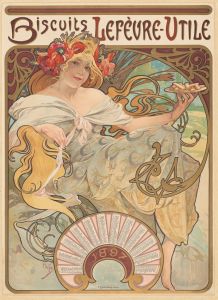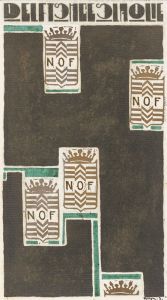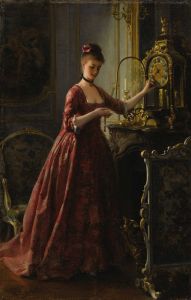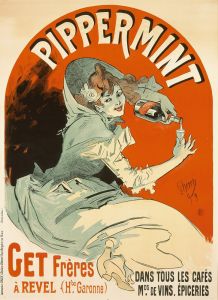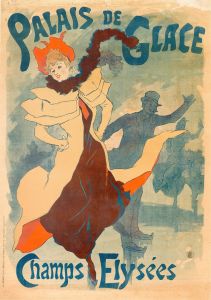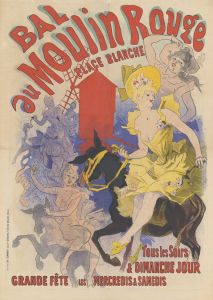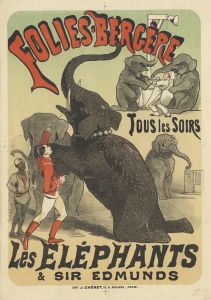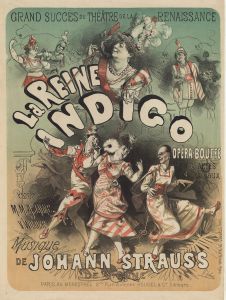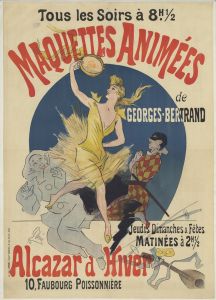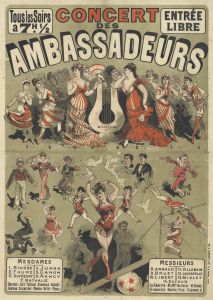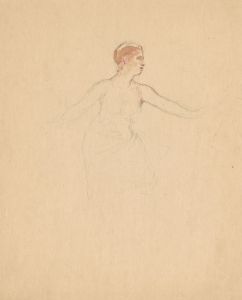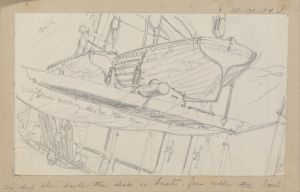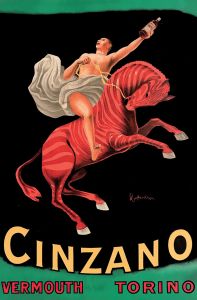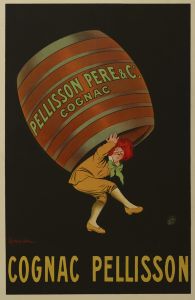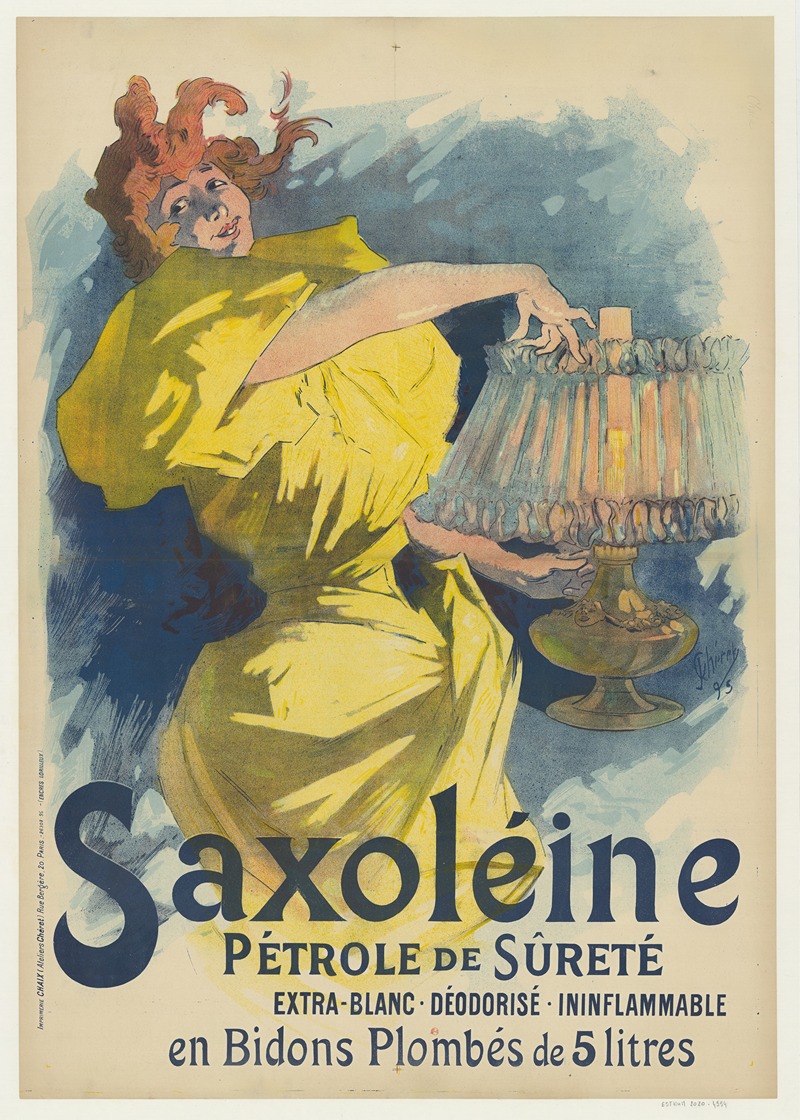
Saxoléine, Pétrole de Sûreté. Extra-blanc, déodorisé, ininflammable. En bidons plombés de 5 litres
A hand-painted replica of Jules Chéret’s masterpiece Saxoléine, Pétrole de Sûreté. Extra-blanc, déodorisé, ininflammable. En bidons plombés de 5 litres, meticulously crafted by professional artists to capture the true essence of the original. Each piece is created with museum-quality canvas and rare mineral pigments, carefully painted by experienced artists with delicate brushstrokes and rich, layered colors to perfectly recreate the texture of the original artwork. Unlike machine-printed reproductions, this hand-painted version brings the painting to life, infused with the artist’s emotions and skill in every stroke. Whether for personal collection or home decoration, it instantly elevates the artistic atmosphere of any space.
Jules Chéret (1836–1932) was a French painter and lithographer, often referred to as the "father of the modern poster." He is renowned for his innovative and colorful advertising posters that helped define the Belle Époque era in France. One of his notable works is the poster titled Saxoléine, Pétrole de Sûreté. Extra-blanc, déodorisé, ininflammable. En bidons plombés de 5 litres, which was created as an advertisement for Saxoléine, a brand of refined petroleum.
The poster was designed to promote Saxoléine's safety lamp oil, which was marketed as extra-white, deodorized, and non-flammable. These qualities were emphasized to appeal to consumers concerned about safety and cleanliness in their homes during a time when oil lamps were a primary source of lighting. The product was sold in sealed five-liter containers, as highlighted in the advertisement.
Chéret's design for this poster exemplifies his signature style, which combined vibrant colors, dynamic compositions, and graceful figures to capture attention and convey a sense of elegance and modernity. The central figure in the poster is a woman, a recurring motif in Chéret's work, often depicted as joyful and carefree. This approach not only made the advertisement visually appealing but also associated the product with a sense of sophistication and reliability.
The use of lithography allowed Chéret to produce posters with rich, vivid colors and intricate details, which were revolutionary for commercial art at the time. His work played a significant role in elevating the status of posters from mere advertisements to an art form in their own right. Chéret's posters were widely displayed in public spaces, making art accessible to a broader audience and influencing the development of graphic design.
The Saxoléine poster is one of many examples of Chéret's contributions to the field of advertising and his ability to merge artistic creativity with commercial purpose. Today, his works are celebrated for their historical and artistic significance, and they remain iconic representations of the Belle Époque period.





